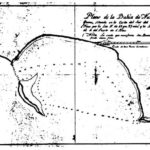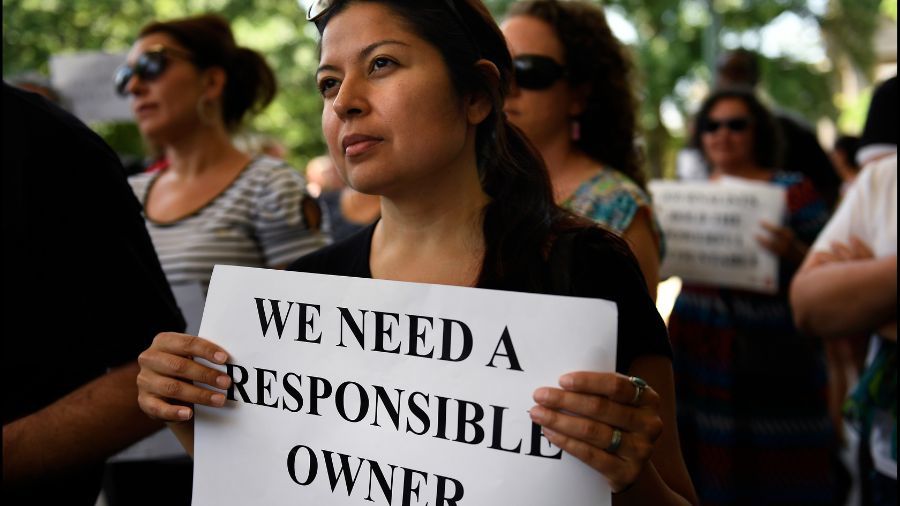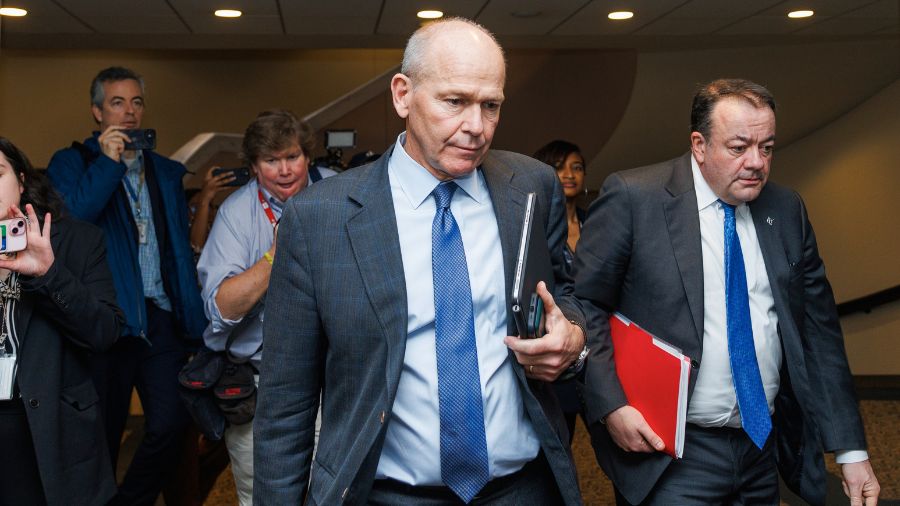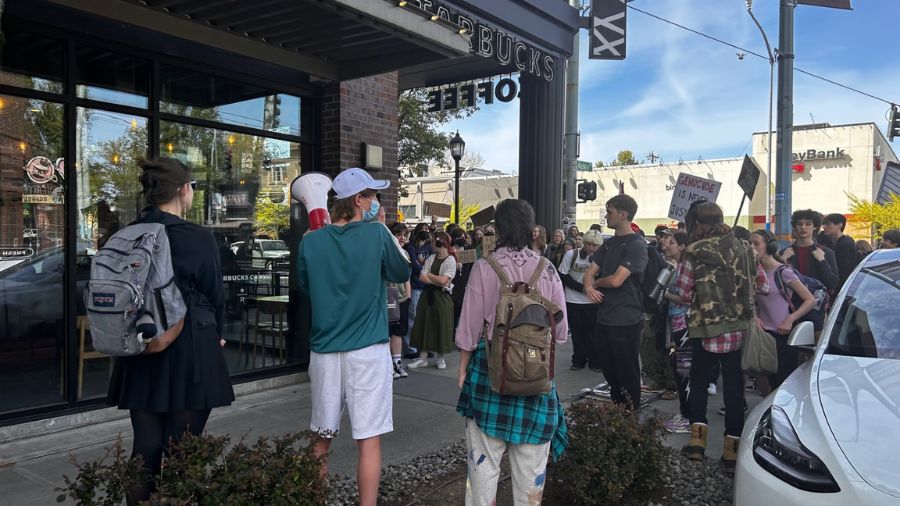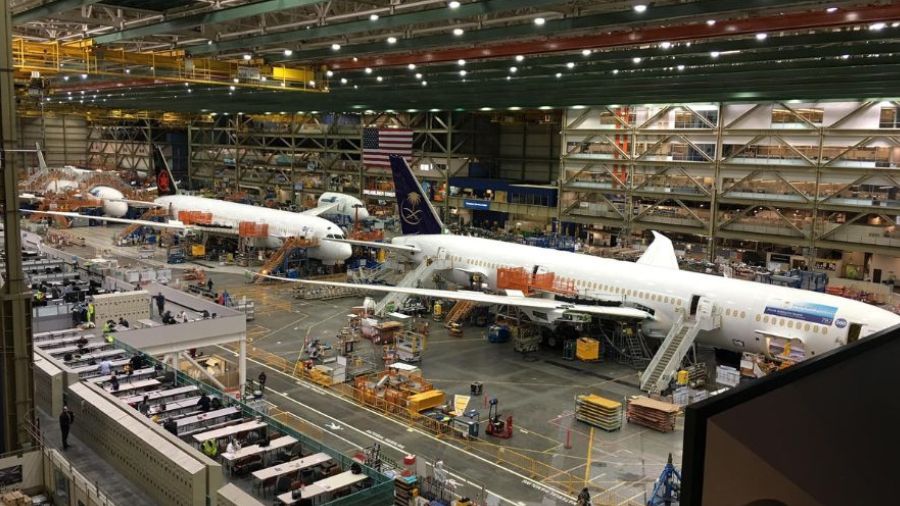All over the map: Neah Bay’s history between Makah, Spanish, and British
Apr 12, 2019, 8:39 AM | Updated: 9:54 am
The first non-Native settlement in what is now Washington state was at Neah Bay, five miles east of Cape Flattery in Clallam County on the Makah Reservation.
In 1792, the Spanish were still smarting over the so-called “Nootka Incident,” a disagreement with the British over fur-trading vessels that the Spanish had impounded in Nootka Sound. Nootka Sound is on the northwest coast of on what’s now called Vancouver Island. The “incident” blew up into an international brouhaha that reverberated from the Northwest Coast all the way to London and Madrid.
With hopes of influencing a negotiated resolution to the crisis, and to demarcate a favorable boundary between Spanish claims and British claims in the Northwest, Viceroy Juan Vicenta de Güemes Pacheco de Padilla Horcasitas y Aguayo, Conde Revilla Gigedo – we can call him simply “the Viceroy” from here on out, for short – sent Salvadore Fidalgo to establish a settlement, for political and military purposes, somewhere on the south side of the Strait of Juan de Fuca.
RELATED: How the Columbia River got its name
RELATED: Where the “Evergreen State” nickname came from
The Spanish believed that the middle of the strait would make a perfect boundary, but the British felt otherwise. King George III wanted to restrict any Spanish territorial claims to lands south of 40-degrees latitude or, roughly, south of what’s now the border between Oregon and California. By 1792, the Spanish had several settlements in what is now California.
On May 29, 1792, Salvadore Fidalgo, along with officers and crew totaling nearly 90 men, anchored their ship, the frigate “Princesa,” in a bay just east of Cape Flattery.
Spanish explore Manuel Quimper had named it “Bahia de Núñez Gaona” in 1789 in honor of Alonso Núñez de Haro y Peralta (1729-1800), who Edmond Meany described in 1924 as “a distinguished Spanish prelate and archbishop and viceroy of Mexico.” Earlier, in 1907, Meany wrote that “Gaona” was an archaic term that referred to “men learned in Biblical knowledge.”
Expert scholar of Spanish exploration of the Northwest Henry R. Wagner described what happened next:
Fidalgo immediately built a shed on shore and began to cut down the trees within musket-shot of the site to build a house for a bakery and an oven. A blacksmith shop was also set up. The little settlement was close to the beach and near a stream. The longboat was kept close to it so that the men could escape in her in case of an attack too strong to be resisted. The frigate was anchored some distance out, even out of musket-shot, because father in, the bottom was of stone. Fidalgo mounted six guns in the little fortification, built some corrals for the cattle and roofed all the buildings with grass. He also cultivated a piece of ground which before he left give him enough green vegetables for all the crew.
But Neah Bay didn’t offer much in the way of protection from winds coming off the Strait of Juan de Fuca, and it probably would’ve been tough to winter there.
Also, this was Makah tribal land, and had been for millennia. Almost immediately, there was friction between the Spanish and the Native Americans, and there are accounts of sexual assaults of Native women by Spanish sailors, and then retaliatory attacks by the Natives on the Spanish men.
The most serious incident occurred on July 2, 1792, when Antonio Serantes, Fidaldo’s second-in-command, disappeared. While he was missing, Fidalgo saw two canoes offshore full of Makahs and he ordered his men to fire on them, killing six adult members of the Makah tribe. Not long after, Serantes was found dead, the apparent victim of a violent attack.
The violence and the exposure to wind were limiting factors to the feasibility of the Spanish remaining at Neah Bay, but so were larger geopolitical issues. And so, after less than four months, the Spanish pulled up stakes. Fidalgo was reassigned to Nootka Sound, and the Spanish ultimately gave up completely on claiming territory on the Northwest Coast to instead focus only on California. The next time Europeans settled in what’s now Washington was when Fort Vancouver was established by the Hudson’s Bay Company in 1824.
And the name “Bahia de Núñez Gaona” didn’t really last, either. American traders called it Poverty Cove or Fidalgo Cove, and the US Navy’s Charles Wilkes called it Scarborough Harbour, in honor of Captain James Scarborough of the Hudson’s Bay Company who had been helpful to the American explorers.
The name “Neeah Bay” (with two e’s) was given by British Captain Henry Kellett in 1847. It comes from the name of Makah Chief Dee-ah (also spelled “Diah”). Edmond Meany wrote, regarding the pronunciation, “The Clallams, on the east, having a nasal language, call it Neah.”
A few years after Kellett bestowed the name that finally stuck (minus an “e”), Washington Territorial Governor Isaac Stevens negotiated the Treaty of Neah Bay with the Makahs, and it was signed there on January 31, 1855.
In 2008, Fort Núñez Gaona-Diah Veterans Park was dedicated at the site of the Spanish settlement. The memorial park was jointly funded by the Makah Tribe, the State of Washington and the government of Spain.
Before the park and memorial were dedicated, there wasn’t much, if anything, that recalled the Spanish settlement there, though in 1924 Edmond Meany wrote, tantalizingly, that “[f]ragments of Spanish brick are still found in the banks of Neah Creek.”



